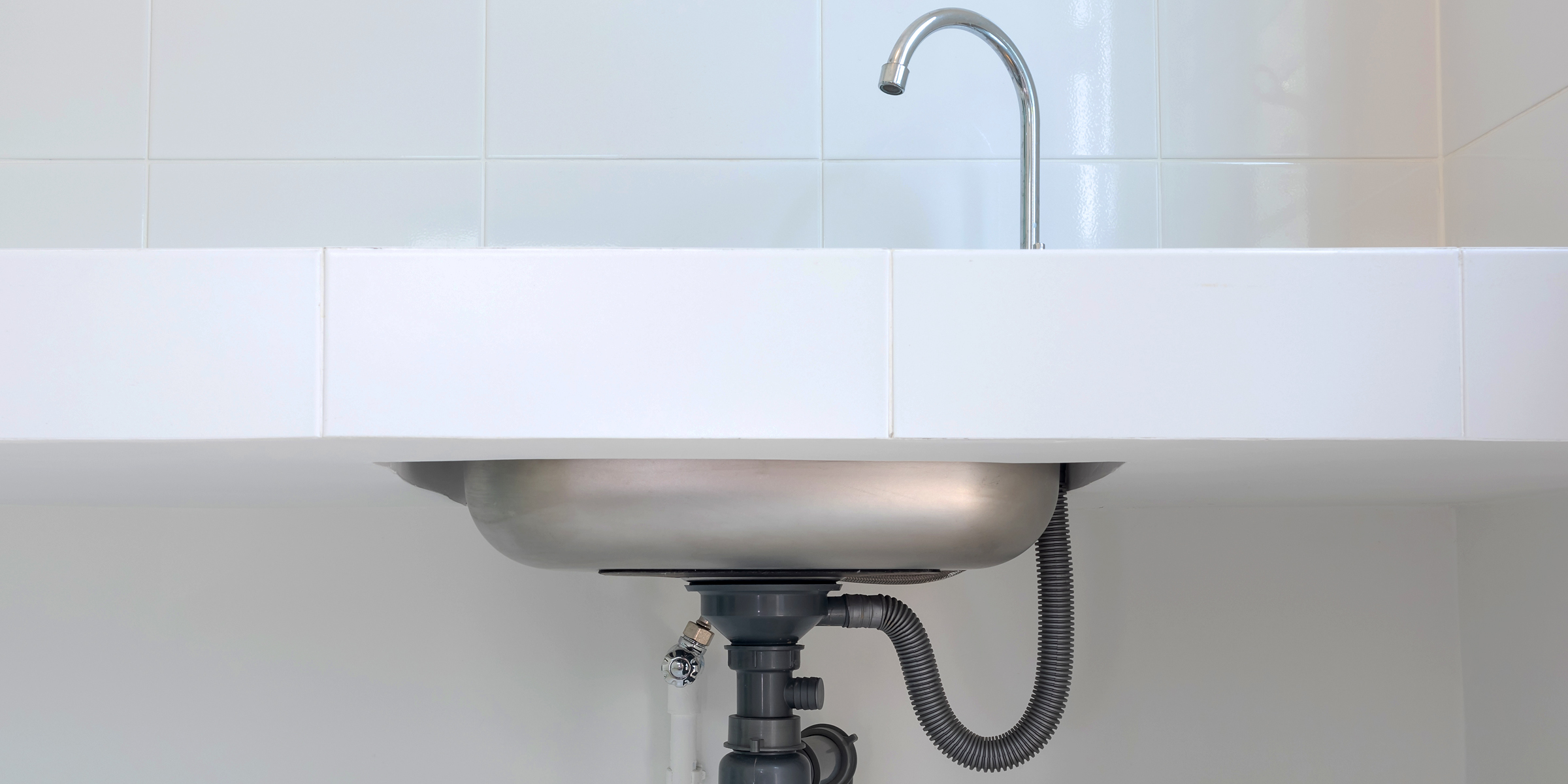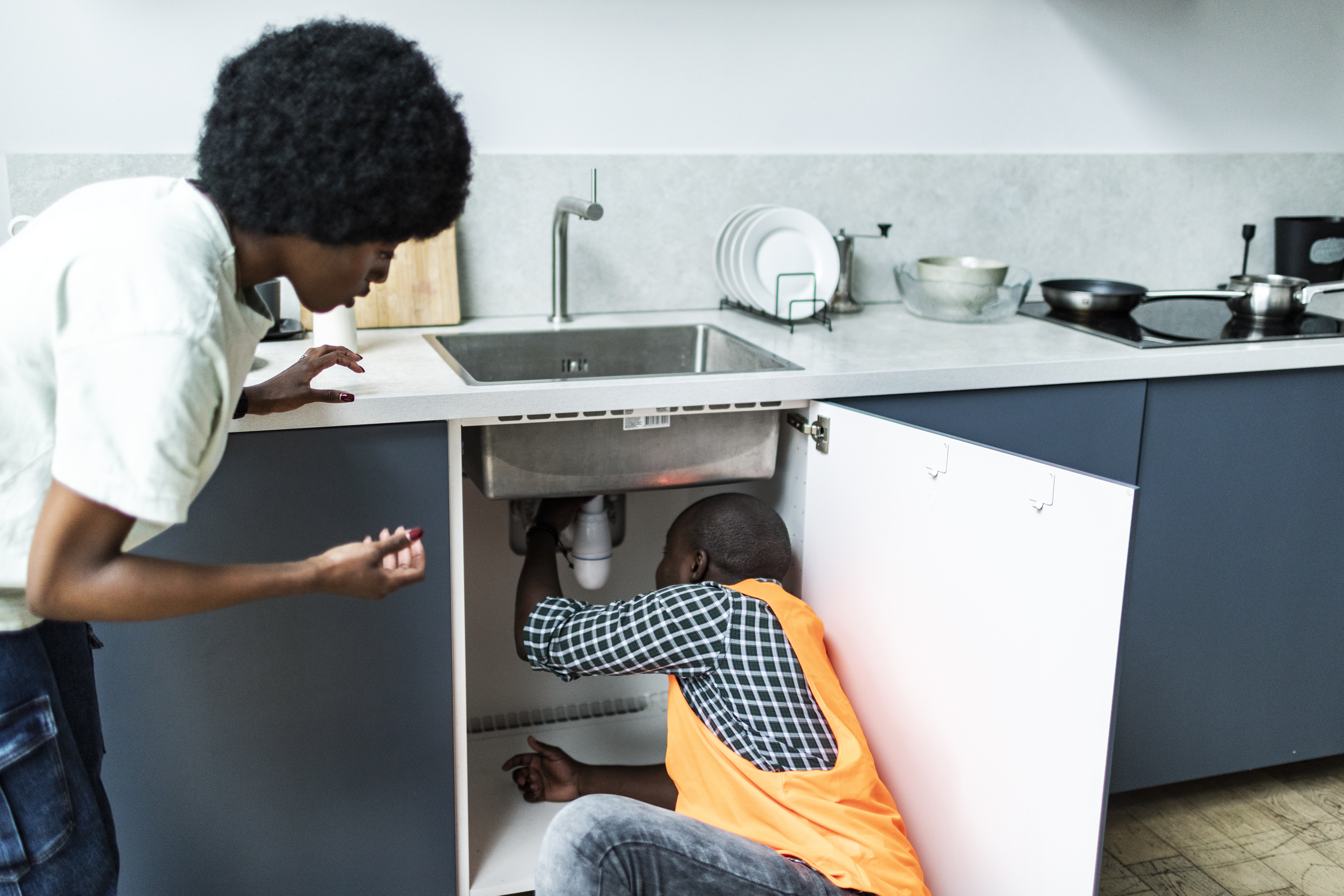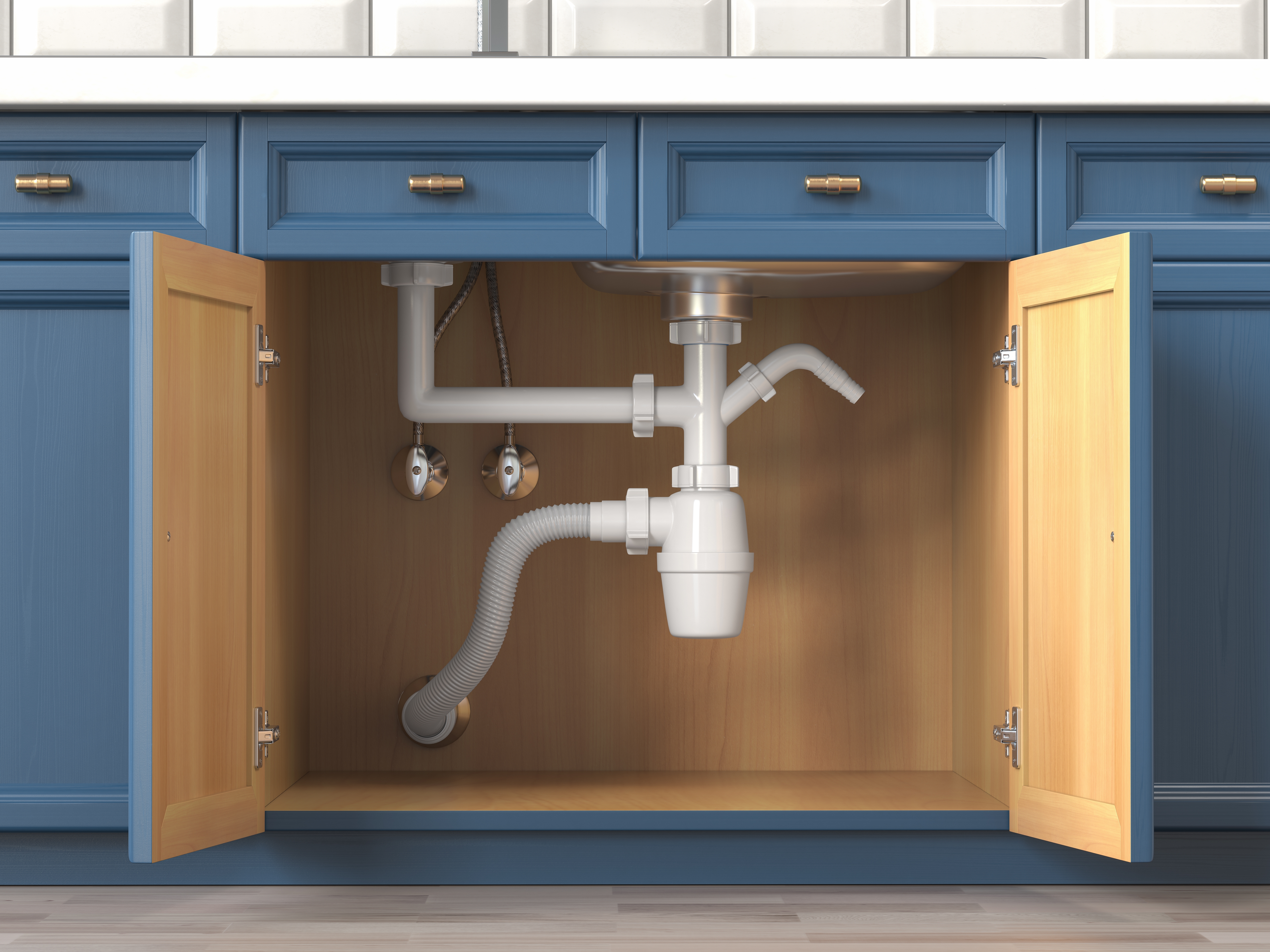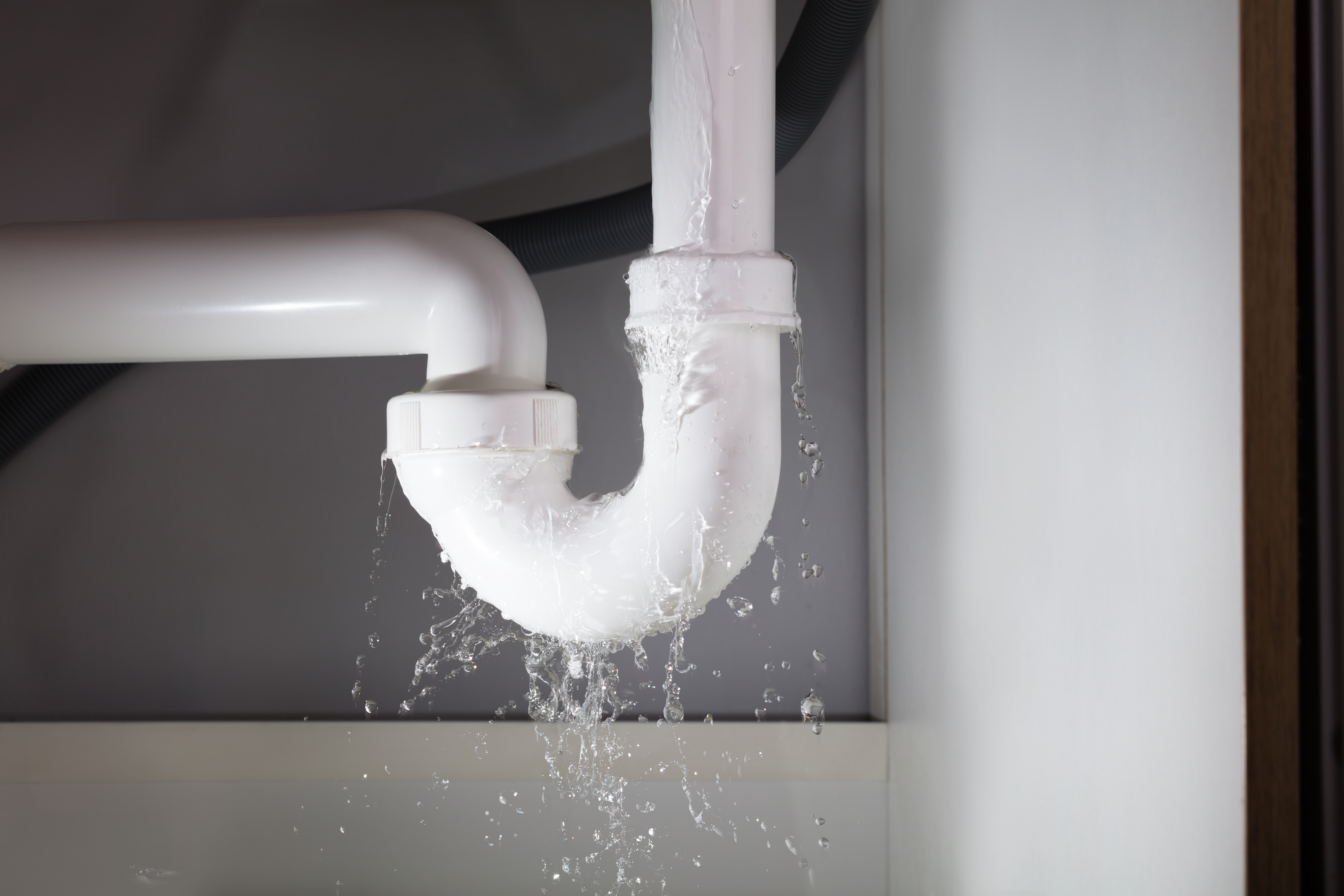
What Size of Drain Pipe Do You Need for Your Kitchen Sink? All You Need to Know

Embarking on a kitchen renovation or simply upgrading your plumbing? Continue reading for an essential guide on choosing the perfect drain pipe size for your kitchen sink, an investment in both peace of mind and the longevity of your home's plumbing system.
Unlike the narrower pipes used for bathrooms, the kitchen sink drain pipe is tasked with transporting water, food particles, and grease, necessitating a wider diameter to prevent blockages.
The path from your kitchen sink to the sewer or septic system is facilitated by a meticulously designed network of pipes, with the kitchen sink drain pipe playing a crucial role.
Deciding on the size of the drain pipe for your kitchen sink is critical, as the wrong size can lead to plumbing problems. This guide will demystify the process, guiding you through the standard sizes and considerations in selecting the exact diameter your kitchen requires.

Two people inspecting a kitchen sink pipe | Source: Getty Images
Choosing the Right Size of Drain Pipe for Your Kitchen Sink: What You Need to Know
Understanding the standard drain pipe sizes available is the first step in finding the perfect fit for your kitchen sink. For most modern kitchen sinks, a 1 1/2-inch diameter pipe is typically sufficient, adeptly handling the flow and ensuring smooth transport of waste to the sewer system.
However, for kitchens with a double sink or for outfitting a bathroom drain, a 2-inch pipe may be more appropriate. Though less common, 3-inch pipes are available for unique configurations, and some older sinks may feature 1 1/4-inch pipes.
The key is to match the pipe size to your specific plumbing needs, ensuring a seamless and efficient drainage system.

Underneath a kitchen sink | Source: Getty Images
Other Factors to Consider
Choosing the right drain pipe for your kitchen sink also involves the careful consideration of several other factors such as:
- Pipe Material: Options like PVC (polyvinyl chloride), ABS (acrylonitrile butadiene styrene), and stainless steel offer varying degrees of durability and corrosion resistance. PVC is popular for its cost-effectiveness, while stainless steel is renowned for its longevity.
- State Building Code: Your state's plumbing standards may influence the required size for your kitchen sink drain pipe. It's crucial to be aware of these codes to ensure compliance.
- NKBA Standards: Adhering to the National Kitchen and Bath Association's guidelines ensures your installation aligns with industry best practices, enhancing the functionality and design of your kitchen.

Pipes under a kitchen sink | Source: Shutterstock
- P-Trap Size: The standard size for both the drain pipe and the p-trap is usually 1 and ½ inches, facilitating a smooth flow and preventing blockages.
- Sink Type and Depth: The configuration of your sink can affect pipe size selection, with deeper or under-mount sinks possibly requiring specific configurations for optimal drainage.
- Water Supply and Pressure: Consider the volume and pressure of your water supply. A 1 1/2-inch pipe can handle up to three gallons per minute, while a 2-inch pipe accommodates up to six gallons per minute, suitable for higher water volumes or pressures.
- Clogged Pipes: To reduce the risk of clogs, especially in situations prone to blockages, a 2-inch diameter pipe can be a wise choice.

Water leaking from a kitchen sink drain pipe | Source: Shutterstock
Determining the correct size for your kitchen sink's drain pipe is simple with the right information. By considering factors such as material, building codes, and the specific needs of your kitchen, you can confidently choose the perfect drain pipe size, ensuring your kitchen's plumbing system operates efficiently by preventing blockages and maintaining a seamless flow.
Now that you're well-equipped to make an informed decision about your kitchen sink's drain pipe, explore our guide on how to vent a kitchen sink under a window to further enhance your kitchen's functionality and embrace your home improvement journey.